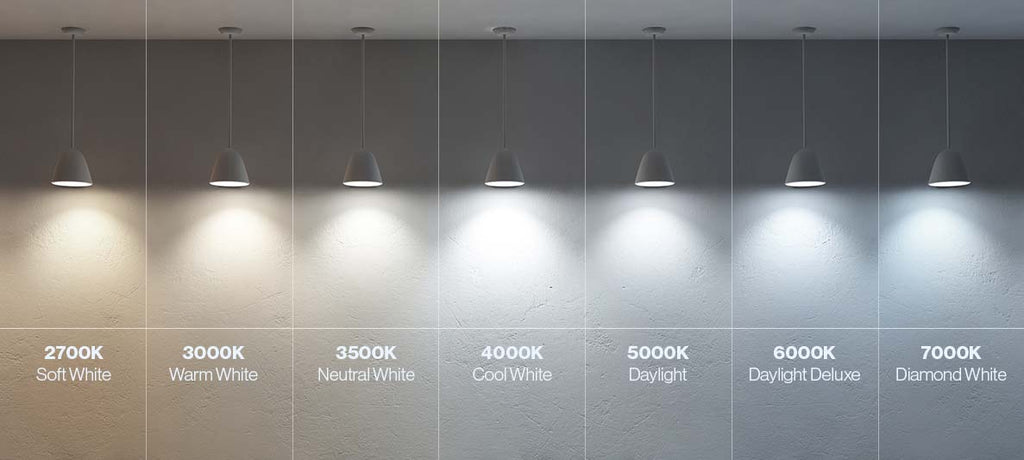How to Turn Your Home from Boring to Bright with Layered Lighting
Lately, I’ve been on an interior design kick—one that might be a little dangerous for my wallet. Between YouTube rabbit holes and endless Pinterest scrolling, I’ve been searching for ways to make a creative statement in my space. And let me tell you, there’s no shortage of tips and tricks out there. But one piece of advice keeps showing up in every design blog—and it doesn’t break the bank: layered lighting.

What is Layered Lighting?
Lighting isn’t just a functional aspect of a room. I mean sure, you probably don’t want to live in the dark, but lighting can also be a valuable tool in interior design. How you use lighting in your home can significantly impact the overall vibe, giving you the power to create the perfect ambiance you’re aiming for.
Layering lighting, a concept often discussed in interior design, is like painting a room with light. It creates depth and interest and is a key technique for achieving the perfect ambiance in your home.
Layering lighting typically consists of three different types of lighting.
-
Ambient lighting – the general layers of light within a room, i.e., your primary lighting sources such as floor-to-ceiling windows or the main light that comes on when you flick the switch.

-
Task lighting – stronger, more purposeful lighting allowing you to carry out specific tasks, typically from floor lamps and directional wall lighting.

-
Accent lighting – highlights features or aspects of the room, e.g., pendant lights above a kitchen island to help with food prep or desk lamps to help you work.

Layering your lighting is similar to determining what types of textures and decor you want.
What Are the Key Principles of Layered Lighting Design?
The key principles of layered lighting design hinge on blending functionality with aesthetics to create an inviting and practical space.
-
Balance is the backbone of this concept; you want to avoid overly bright spots or dark shadows by evenly distributing light.
-
Variety plays a crucial part, mixing different light sources like pendants, lamps, and recessed lights to cater to diverse tasks and moods.

-
Control is another fundamental principle, as having the ability to adjust light levels for different occasions or times of day can profoundly affect the ambiance of a room.
-
Focus means directing attention to specific elements within the space, whether it’s a painting or an architectural detail, thereby adding depth and interest.
-
Lastly, cohesion ensures that the lighting design feels part of a unified theme, complementing the room’s colors, textures, and furnishings.

By adhering to these principles, layered lighting can create an environment that’s both beautiful and perfectly attuned to the room’s purpose. You need to be strategic about how you layer your lighting and how you choose to focus on different parts of the room to add the lighting. These tips can help you get it just right.
Utilize Natural Light
Don’t underestimate the power of natural light. Start by observing how sunlight fills each room throughout the day. Open up your windows and notice which areas get the most light. Enhancing this natural glow with your layered lighting helps create a more harmonious, dynamic space.

Add Levels
Your layered lighting shouldn’t all be at one level within a room, (like on the ceiling or above eye level). This will result in a flat, one-dimensional room. Instead, you need to use floor lamps alongside table lamps, recessed lighting, and beyond, to help you build the illumination needed at different levels to create a three-dimensional room with added visual interest.
Sunco offers a wide range of products that can help achieve a layered lighting effect including floor spotlights, unique pendants, and so much more.

Mix and Match
When it comes to your lighting, don’t be afraid to get creative. Mixing and matching different light sources can add a unique touch to your space. As long as the lights and bulb colors complement each other and the room’s design, you can experiment with different combinations to find the perfect balance of light for your space.
You can add multiple floor lamps to add extra light if you wish to use strip lighting in more than one area, such as around the TV, under shelves, and even behind units. Interior design influencer Caroline Winkler refers to lamps as the “jewelry of the home” so don’t be afraid to play around with different styles.

Be Strategic
Use your lighting strategically to create impactful layering. Be thoughtful about what you illuminate. A floor lamp in a dark corner can work wonders, as can an overhanging light above a cozy reading chair. Spotlights above pictures or artwork on walls can create focal points, while statement ceiling lights in the center of a room can add a wow factor and support other light sources.
Wrapping Up
It might seem like there are a lot of rules, but I promise, layered lighting is one of the easiest ways to completely transform your space. Remember to consider room functionality, color temperature, and mixing and matching to get it just right. There are really no wrong ways to experiment with this design technique, so get creative and have fun taking your living space to the next level.


